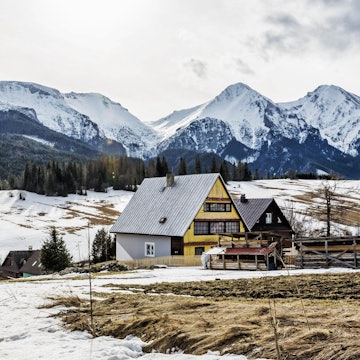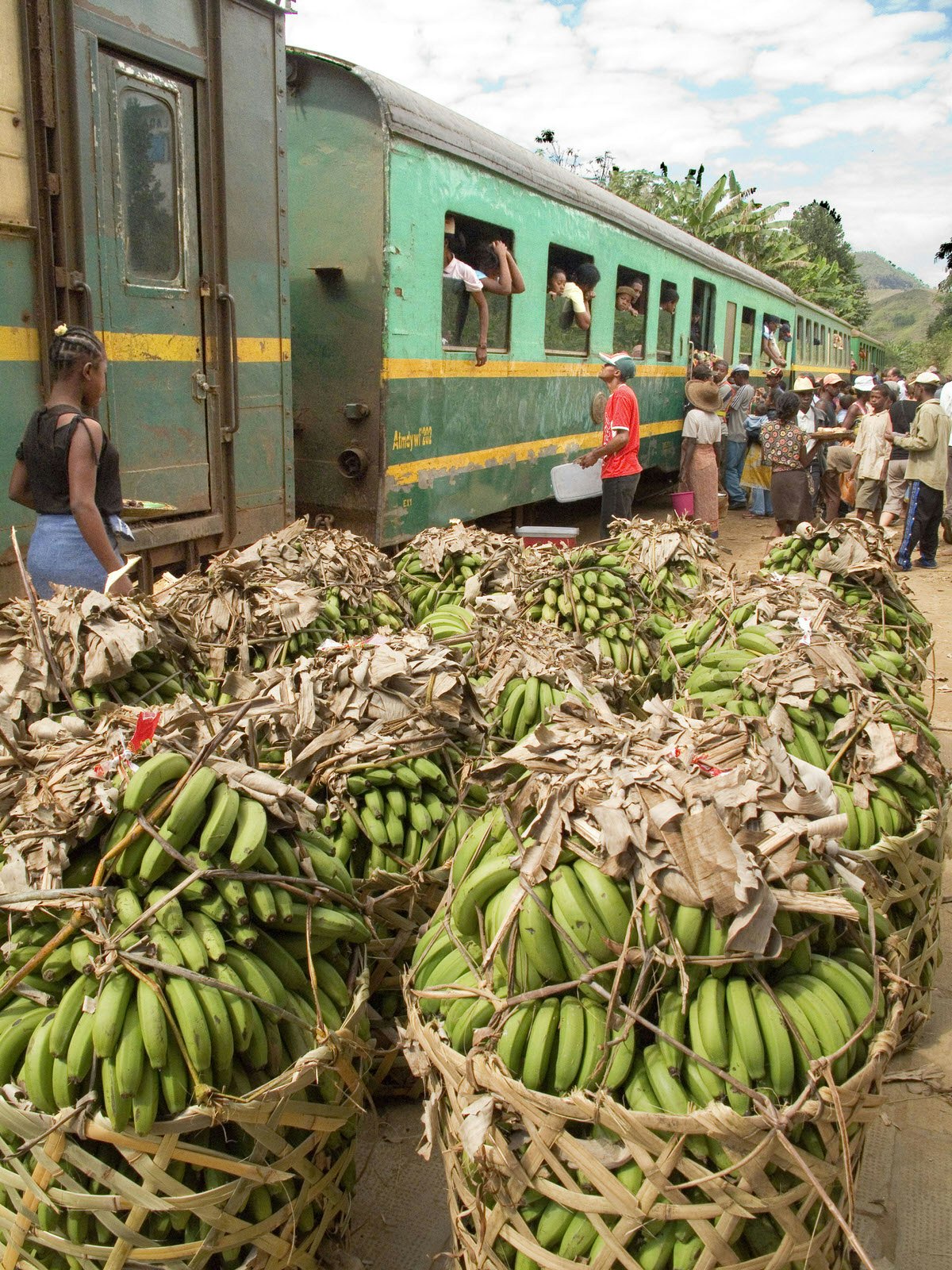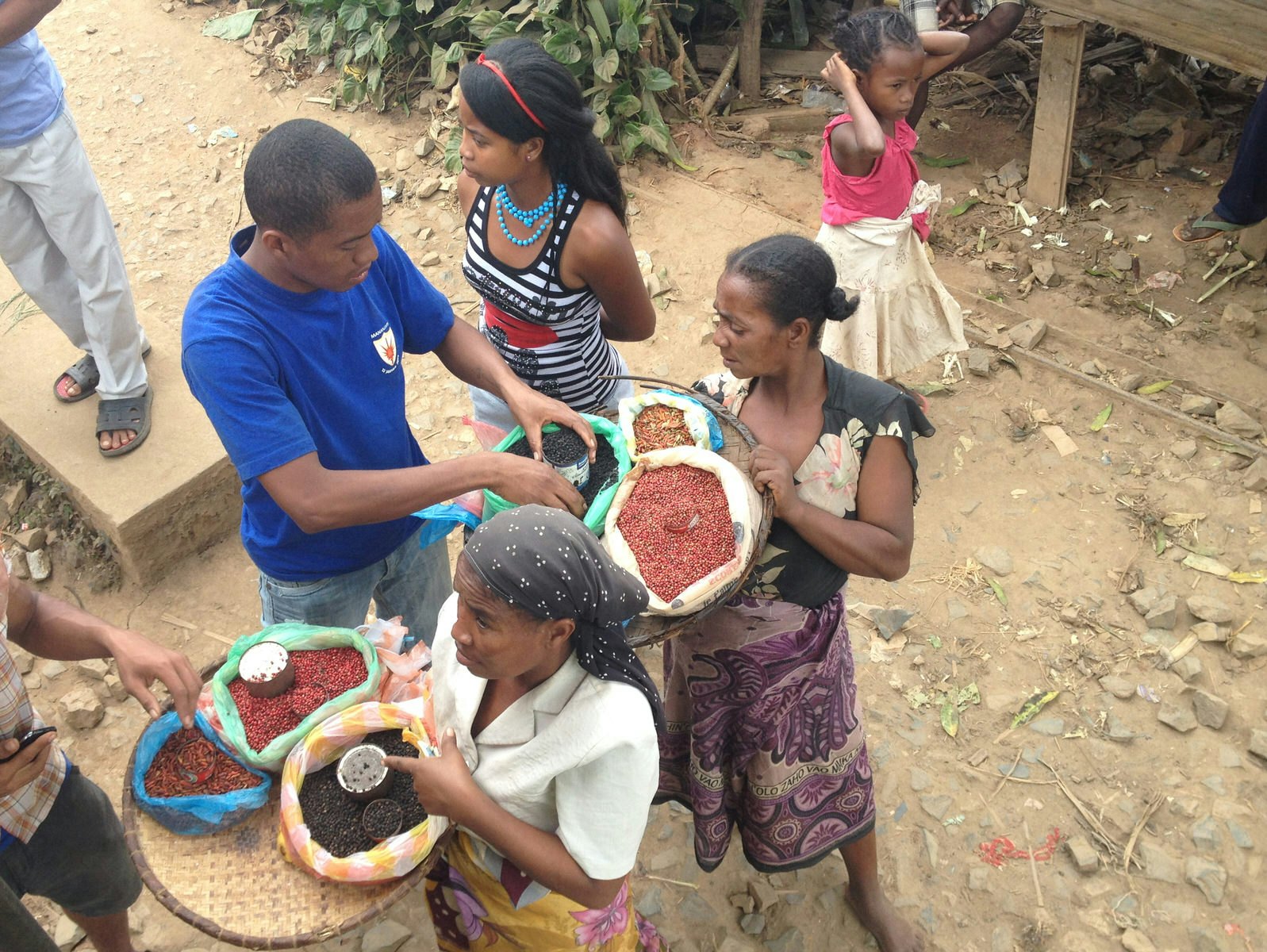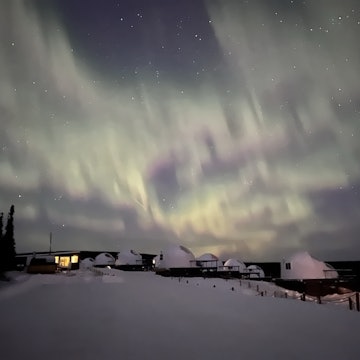

One could argue that taking 12 to 24 hours to cover the 163km between Madagascar’s highlands and its Indian Ocean coast is a rather slow and inefficient way to travel. It is, but that is the point. Travelling on the Fianarantsoa-Côte Est (FCE) railway isn’t really about getting from A to B – it’s about the journey.

The train travels between the towns of Fianarantsoa in the highlands (elevation 1100m) and Manakara on the coast. The gradient of the line partly explains its slow going – the constant breakdowns and heavy cargo are the real issue. The train crosses areas not accessible by road, so it is a lifeline for local communities who use it to trade and travel. It is this amazing spectacle – the road-less landscapes and the loading/unloading theatrics at every station, 18 in total – that make the journey so special.
This kind of slow (and unpredictable) travel isn’t for everyone. It’s either your idea of an authentic experience, or your worst nightmare in your carefully planned two-week holiday. We won’t judge; all we’ll say is that being prepared for inevitable delays and factoring them in in your itinerary is probably the best way to approach this trip.
A little history
The FCE railway was built by the French colonial administration between 1926 and 1936 to open up the east coast and facilitate the export of agricultural products from this fertile region. The tracks were imported from Germany, the carriages from Switzerland.
In its heyday the railway had two locomotives, with five services a week carrying 150,00 passengers and 20,000 tonnes of freight a year. Unfortunately, with Madagascar bumping from one political and economic crisis to the next since the 1960s, little money has been invested in the railway’s upkeep, which explains the record-breaking delays and the serial derailings and breakdowns. There is now one locomotive only and just two passenger services a week (and one freight only), which results in overcrowding and overloading.
The carriages too have seen better days: you may like the idea of travelling second class, but one look at the stationmaster’s appalled face upon your request, and a quick look at the carriage, will likely put paid to your plan in quick order. First class it is then, and not a bad choice at that: the seats are relatively comfortable, the glass is clear and the windows open and shut.

The route
The highlands' stretch of the journey is arguably the most scenic: the train snakes through steep mountainsides dotted with forest, waterfalls, terraced fields and fruit plantations. With so many mountains to link and rivers to cross, there are no less than 48 tunnels, 67 bridges and four viaducts, including the spectacular one at Ankeba, which towers 40m above a sea of rice paddies.
Travelling through such majestic landscapes is rail travel at its best: the speed is slow (20km/h on average), the windows are usually left open so that the air fills with the scent of the branches the train brushes past. You quickly get to chat to your neighbours, be they fellow tourists or Malagasies. It feels as if for just a few hours, you’ve taken a break from the 21st century’s frenetic pace.
The environment starts changing around Fenomby, about 100km into the journey – the landscape is flatter, the air is warmer, and rice paddies and palm trees replace the forested slopes.

A lifeline for locals
Scenery aside, one of the highlights of the trip is the station stops. Forget the two minutes you get in Europe to get on or off the train, here a stop means at least 30 minutes, sometimes a couple of hours, to allow the train equivalent of Mary Poppins’s bag to load and unload an impossible quantity of bananas, lychees, sacks of rice, plastic furniture and other precious bits of freight.
Passengers therefore have plenty of time to stretch their legs and take in the spectacle. The FCE’s catchment area is huge: people travel from as far as 50km to get themselves or their products on the train, so the stations are always buzzing. For dozens of small traders, this is also an opportunity to complement their living by selling fritters, kebabs, sweets and snacks to hungry travellers. Local spices, black and pink pepper especially, make lovely souvenirs or gifts.
There is no denying that somewhere between the third and seventeenth stop the novelty wears off somewhat. But it’s the combination of all these things – the authenticity, the landscapes, the good company, the one-off experience – that people usually relish. And in a country where travellers can spend a huge amount of time in the confines of a vehicle on dreadful roads, the opportunity to travel in relative comfort whilst reading a book and taking in Madagascar’s scenery and folklore, is just too good to miss.

Top tips on board the FCE
Bring enough food and water for at least two meals (lunch and dinner), as well as snacks. You’ll also be able to buy fruit, biscuits and bottled drinks at train stations. The street food comes with the usual precautionary warnings.
Bring a book, a deck of cards, travel games etc to pass the time.
Although there is light in the newest carriage, pack a head torch just in case (it’s dark from 6pm).
It gets chilly in the highlands and at night, so make sure you have a jumper or jacket with you.
A travel pillow will come in handy for impromptu naps or an unwitting night’s sleep…
There are toilets on board but they usually fill up before the end of the journey so you may need to answer the call of nature, well, in nature.
The most scenic landscapes are between Sahambavy and Fenomby, so it is generally better to take the train from Fianarantsoa to Manakara to make sure that you travel through this stretch in daylight.
Consider getting on or getting off the train at Sahambavy instead of Fianarantsoa: the landscapes between the two aren’t that interesting, it’ll save you a 1.5 hours, and you’ll get the chance to stay at the gorgeous Lac Hôtel (lachotel.com).
Practicalities
The FCE leaves Fianarantsoa at 7am (theoretically) on Tuesdays and Saturdays and travels back from Manakara on Wednesdays and Sundays (departure 7am). Tickets cost Ar40,000/16,000 in 1st/2nd class.














